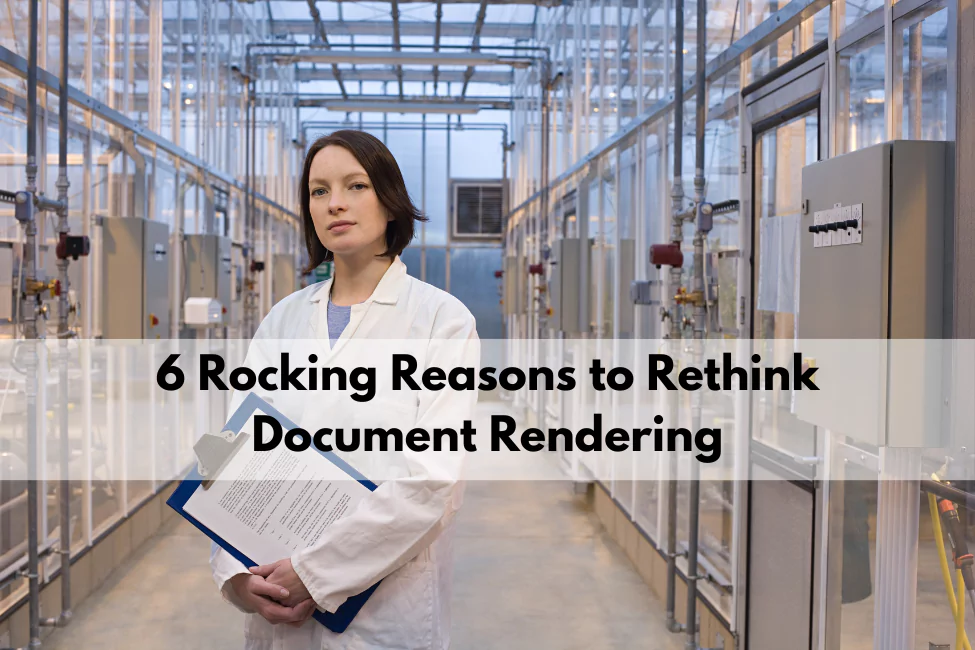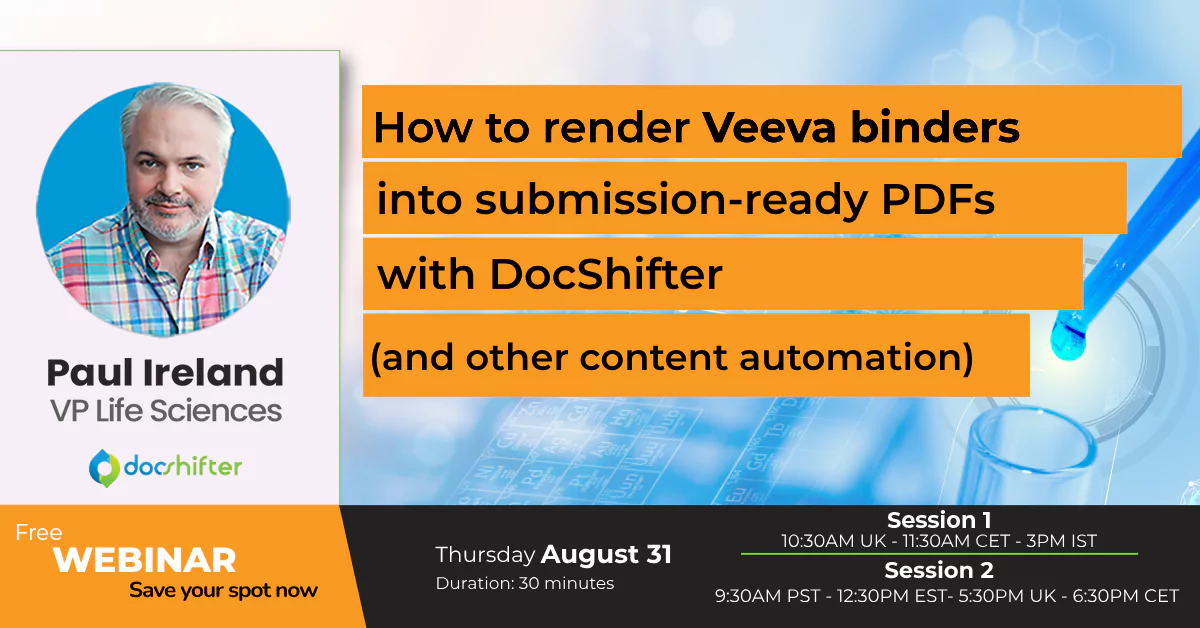We have been converting divergent documents into a unified format such as PDF for many years now.
In knowledge-driven industries such as Life Sciences in particular, the need for standardization is highly motivated by the regulators. The introduction of the electronic Common Technical Document (eCTD) has accelerated the move from paper to electronic formats. And the International Conference on Harmonization (ICH) has further solidified this drive in its recent implementation guides for Regulated Product Submissions (RPS).
Most pharma and biotech companies have had solutions in place for several years already. Many companies are reviewing their document management strategy. Some have already started to review their rendering strategy as well.
We have asked these leading companies what made them rethink their strategy and question the solution set that was in place.
What challenges made them rethink their existing solution and tool set?
- Their current rendering process is too slow, and a resource hog. This results in higher costs for infrastructure. On top of this, the infrastructure dedicated to rendering remains largely unused due to variations in load.
- The process does not scale, and has a hard time dealing with peak loads. The infrastructure foreseen is therefore over-scaled, again leading to additional costs. Rendering farms are often over-dimensioned by a factor of 3, purely in order to deal with these peak loads.
- The rendering process is halted due to memory leaks, which require a restart of the machine. On top of that, ‘Are you sure?’ pop-ups interrupt the process, leading to time costs due to the need for human intervention.
- Every user and every conversion server must have Microsoft Office, Adobe or other licenses which has a big impact on licensing costs.
- The number of input formats per tool is limited. That’s why multiple tools are being used throughout the organization to deal with an ever-growing number of file formats, in particular during this time of numerous company mergers and acquisitions. This leads to inconsistent output.
- The desired output is not configurable. In order to ensure ICH compliance, manual interventions are needed, post conversion, which increases the risk of human error.
Often, the reason for these shortcomings is purely architectural. The tools that Life Sciences companies are using were designed years ago, with a particular goal in mind.
But time has moved on, the world has evolved, and today there are alternatives for creating compliant, submission ready PDF. It doesn’t have to be manual or complex anymore.
As you might have guessed, we do things differently. If you are interested how, definitely have a look at the video below:
About DocShifter
Speed, quality, scalability, and configurability are reasons why Life Sciences organizations choose DocShifter to generate technically compliant, submission-ready PDF. High volume, high-quality document conversion, on-premises, or in the cloud. Super easy to set up. Automate. Centralize. Eliminate manual intervention. Reduce Risk. Reduce IT infrastructure costs.




